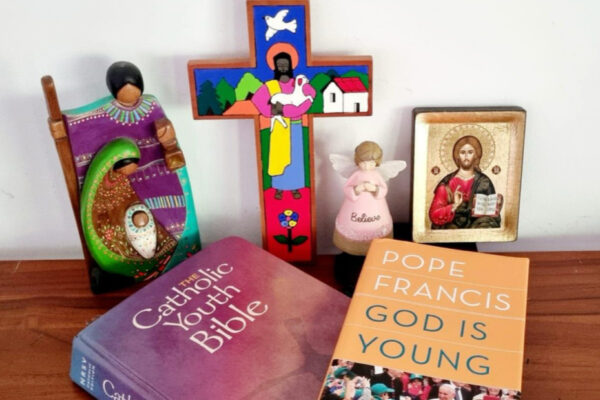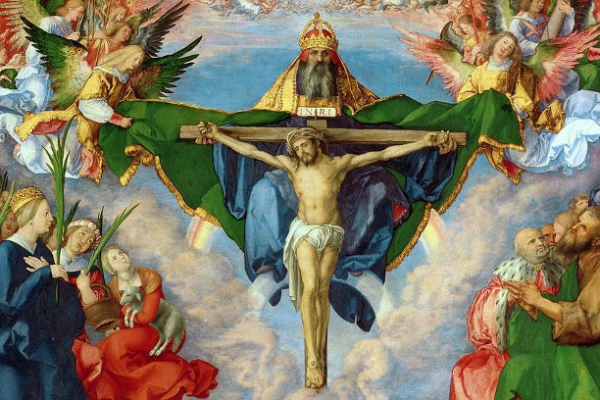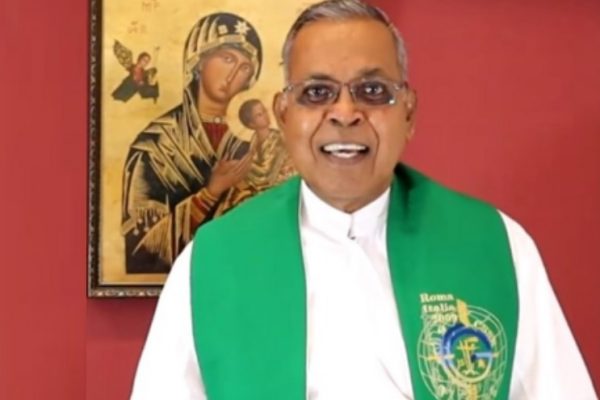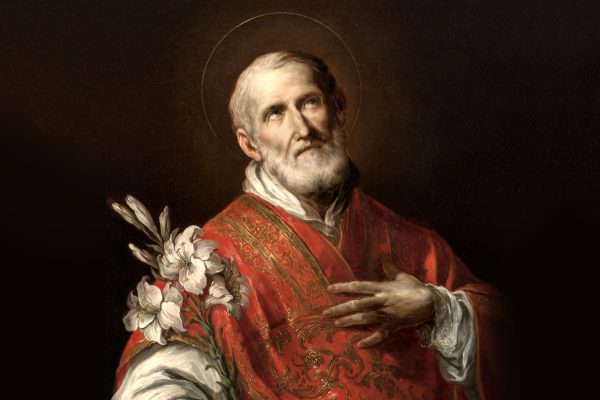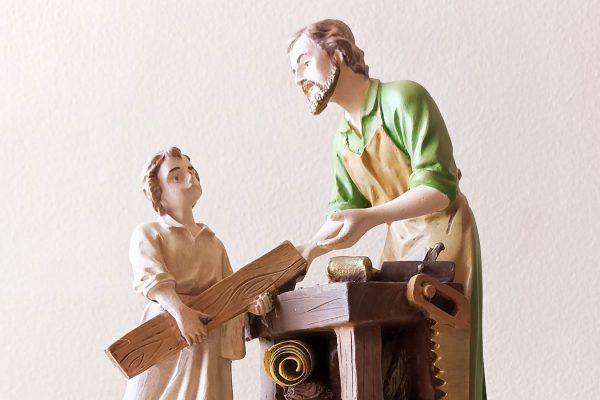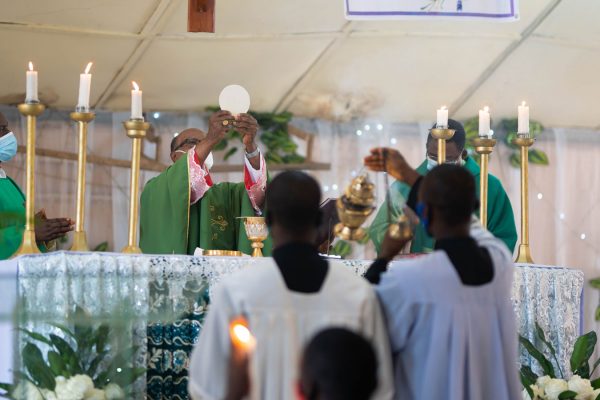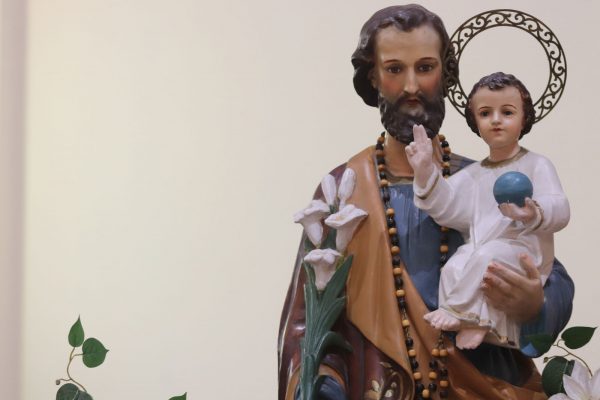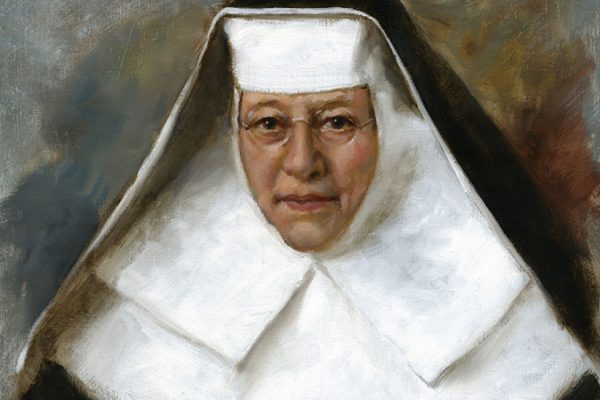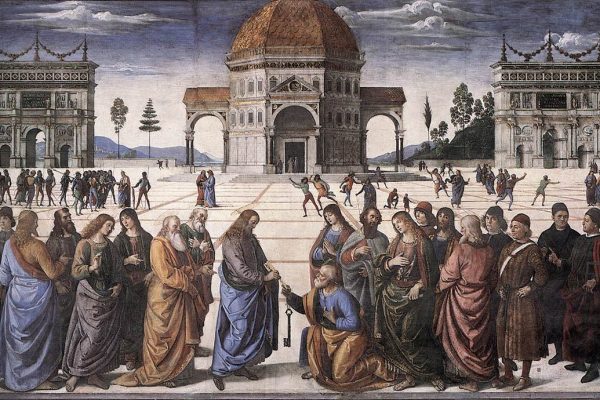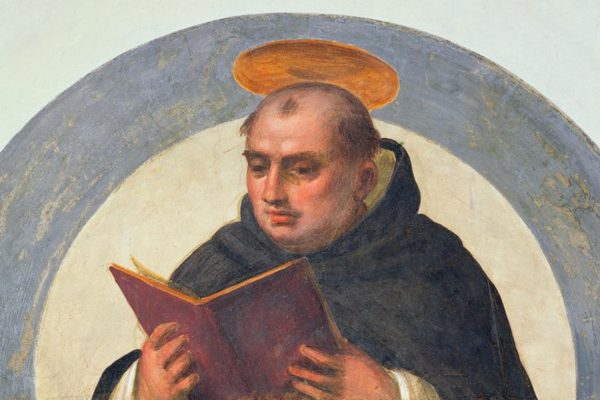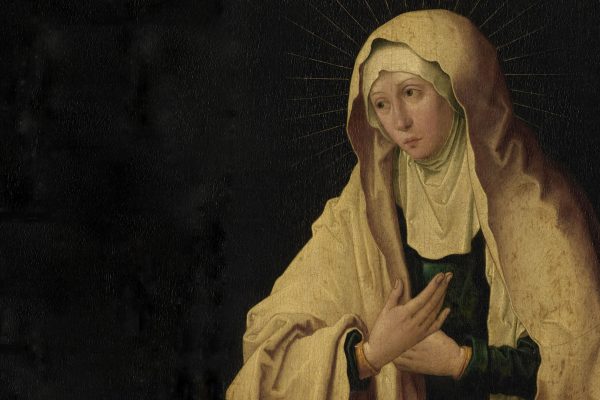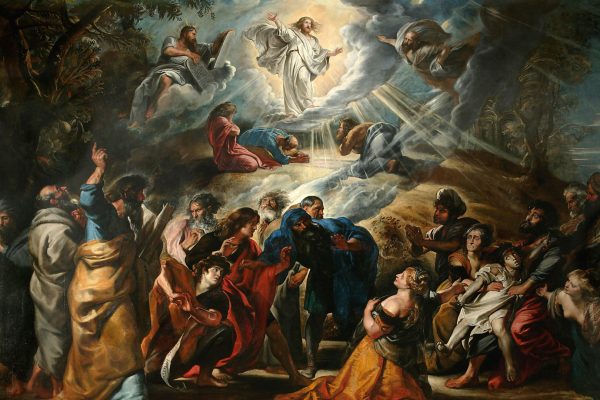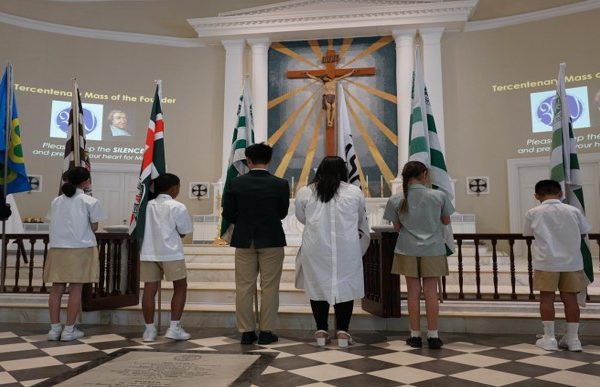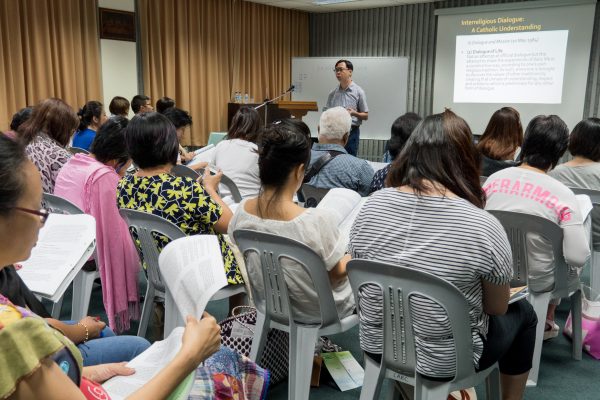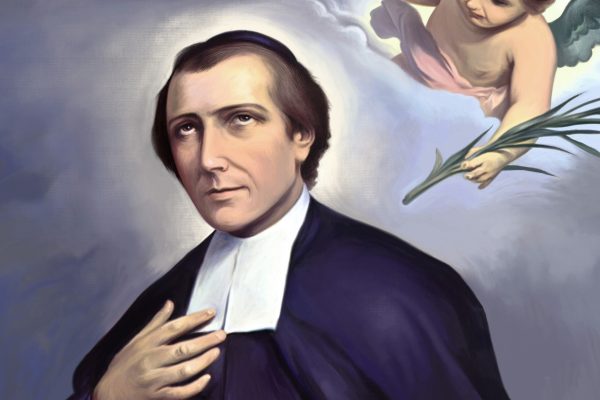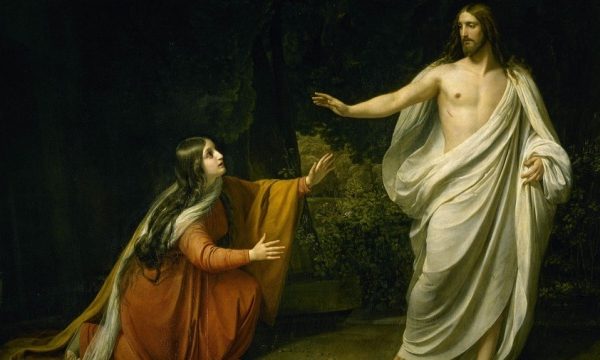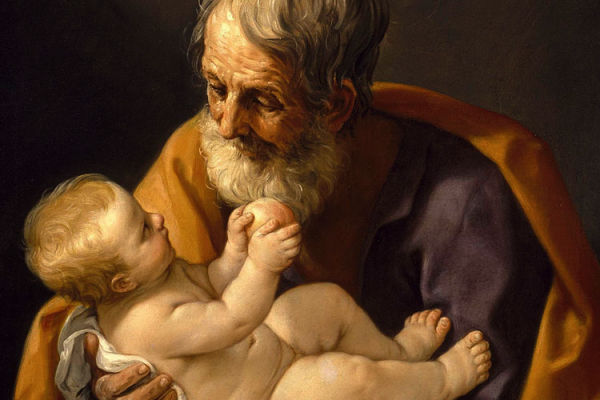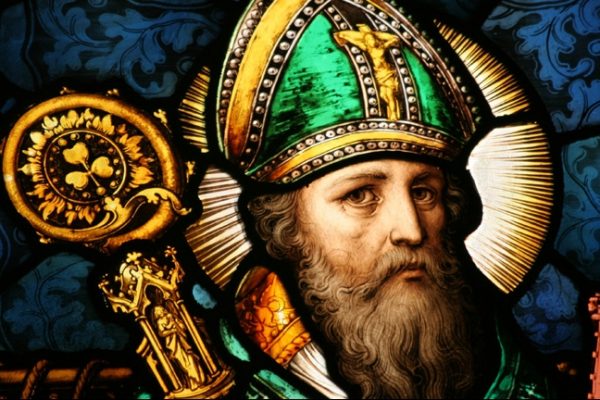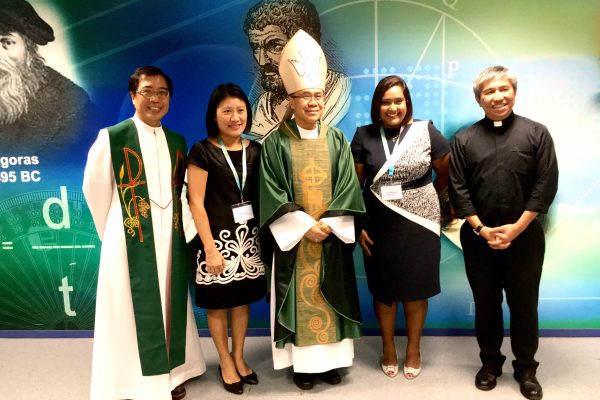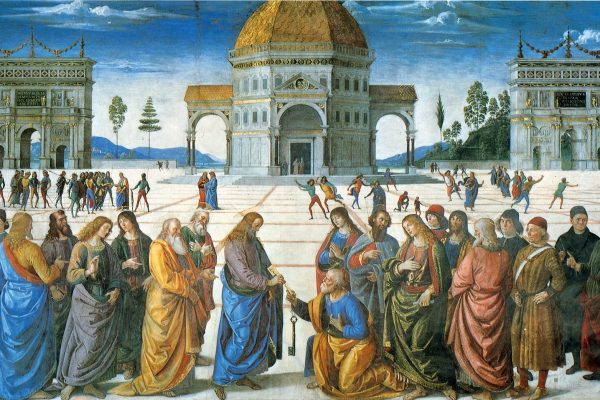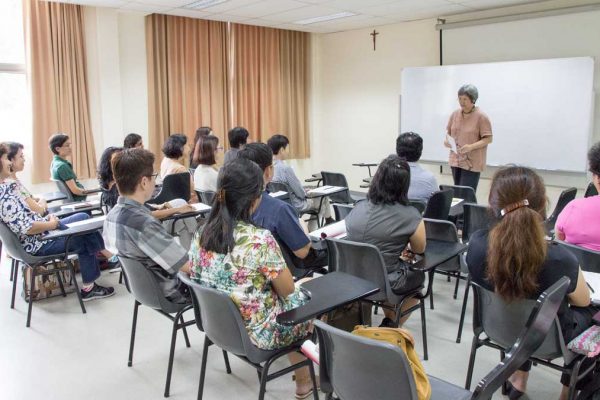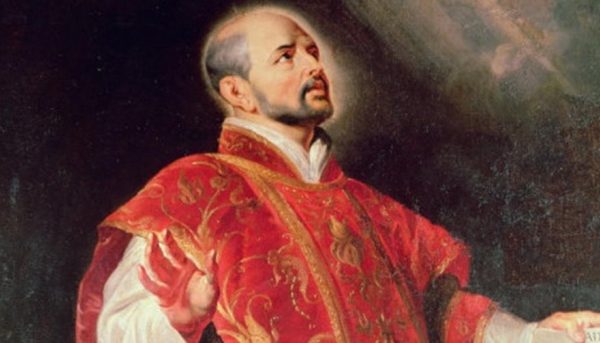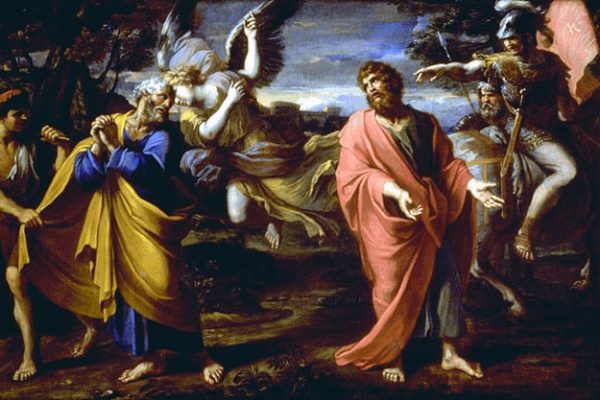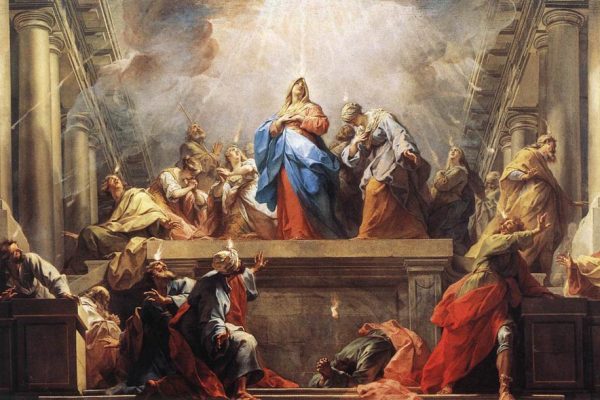
Mary and the Rosary – Our Guide to Jesus by Bro Kenneth Tham
October is dedicated to the Holy Rosary, with the memorial of Our Lady of the Rosary celebrated on October 7th. This feast commemorates the Battle of Lepanto, where, against overwhelming odds, the Christian forces triumphed over the Ottomans. Their victory was attributed to the fervent praying of the Rosary on the eve of battle, which turned the tide in their favour.
Like the Christians at Lepanto, we too encounter situations that feel insurmountable—times when we are powerless to help our students, when efforts seem unreciprocated, and when we lament the erosion of Christian values and the decline in faith among those we serve. This month of the Rosary invites us to renew our devotion to Our Lady, trusting that in moments of helplessness, her intercession will carry us and those we pray for.
As a beginning teacher, I found invigilation tedious, as it took time away from more productive tasks like marking. Seeking to sanctify that time, I began praying the Rosary during exams, using a discreet ring rosary as I walked between rows, silently cheering on and interceding for my students. It not only made the time more meaningful, but also helped it pass more swiftly. Though I was powerless to assist them in any tangible way, I realised I could still help by entrusting them to prayer—offering what was beyond my control to God.
In our Catholic Schools, we are blessed to have the opportunity to pray the Hail Mary publicly. This month is a fitting opportunity to teach our students the meaning of those words—whom we are addressing, and why we seek her intercession. But before we can do that, we must ask ourselves: Who is Mary to me? The Latin maxim nemo dat quod non habet—“no one gives what they do not have”—reminds us that we cannot lead our students to a devotion we ourselves lack. We may know her titles—Mother of God, Immaculate Conception, Seat of Wisdom—but do we know her personally? Do we trust her maternal care?
St. Maximilian Kolbe once said, “Never be afraid of loving the Blessed Virgin too much. You can never love her more than Jesus did.” For us educators, Mary offers us a model of how to teach, guide, and love.
When Jesus was lost in the temple, Mary said gently but firmly: “My child, why have you done this to us? See how worried your father and I have been looking for you” (Lk 2:48). Her correction was rooted in love and concern. Likewise, our discipline must be just and compassionate, born of a genuine desire to educate, not driven by frustration or anger.
At the wedding at Cana, Mary observed the need—“They have no wine”—and instructed the servants, “Do whatever he tells you” (Jn 2:3, 5). Her words were simple, clear, and full of charity. As teachers, our daily task is to give instruction; Mary shows us how—with attentiveness, clarity, and love.
Pope St. Paul VI, in Evangelii Nuntiandi, reminds us that “modern man listens more willingly to witnesses than to teachers, and if he does listen to teachers, it is because they are witnesses.” Our students watch us closely. They notice whether we practise what we preach. To lead them to Mary, we must first imitate her—so that, through us, they may encounter Christ.
May this month be a time of renewal—of our love for Our Lady, our trust in her intercession, and our commitment to be witnesses who guide others to her Son.
Credits: Image from Canva



























